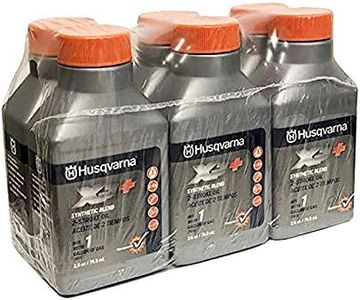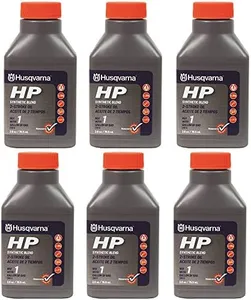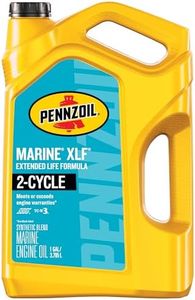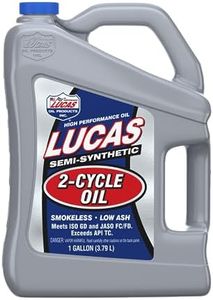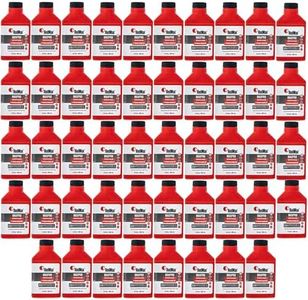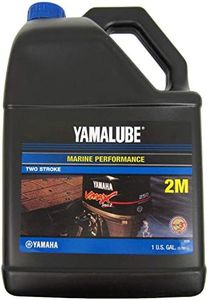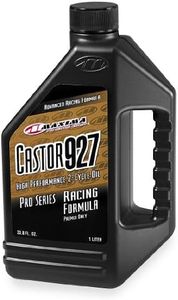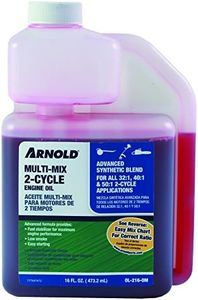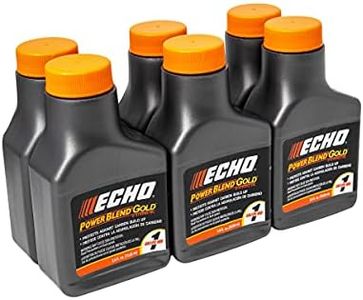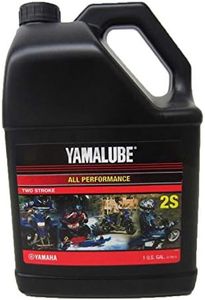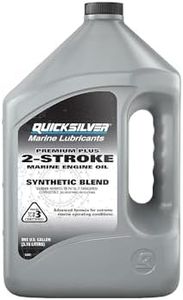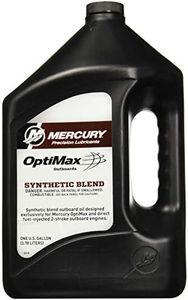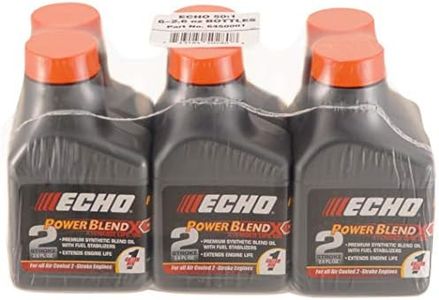We Use CookiesWe use cookies to enhance the security, performance,
functionality and for analytical and promotional activities. By continuing to browse this site you
are agreeing to our privacy policy
10 Best 2 Stroke Oils 2025 in the United States
How do we rank products for you?
Our technology thoroughly searches through the online shopping world, reviewing hundreds of sites. We then process and analyze this information, updating in real-time to bring you the latest top-rated products. This way, you always get the best and most current options available.

Buying Guide for the Best 2 Stroke Oils
Choosing the right 2-stroke oil is crucial for the performance and longevity of your 2-stroke engine. Whether you are using it for a motorcycle, chainsaw, or any other 2-stroke engine, the right oil ensures proper lubrication, reduces wear and tear, and minimizes deposits. Understanding the key specifications will help you make an informed decision that best suits your engine's needs and your usage patterns.Oil Type2-stroke oils come in different types such as mineral, semi-synthetic, and fully synthetic. Mineral oils are derived from crude oil and are generally less expensive but may not offer the same level of performance as synthetic oils. Semi-synthetic oils are a blend of mineral and synthetic oils, offering a balance between cost and performance. Fully synthetic oils are made from chemical compounds and provide the highest level of performance and protection. If you use your engine frequently or under demanding conditions, a fully synthetic oil might be the best choice. For occasional use, a mineral or semi-synthetic oil could be sufficient.
JASO RatingThe Japanese Automotive Standards Organization (JASO) rating indicates the quality and performance of 2-stroke oils. The ratings include JASO FA, FB, FC, and FD, with FA being the lowest and FD being the highest. Higher ratings mean better lubrication, cleaner burning, and fewer deposits. For high-performance engines or heavy-duty use, an oil with a JASO FD rating is recommended. For lighter, less demanding applications, a JASO FB or FC oil may be adequate.
Smokeless FormulaSome 2-stroke oils are formulated to produce less smoke during combustion. This is particularly important if you are using the engine in areas where smoke could be a nuisance or if you are sensitive to exhaust fumes. Smokeless formulas are generally more refined and can help keep the engine cleaner. If you are using your 2-stroke engine in a residential area or for recreational purposes, opting for a smokeless formula can enhance your experience.
Mixing RatioThe mixing ratio indicates how much oil should be mixed with fuel. Common ratios include 50:1, 40:1, and 32:1. The correct ratio is crucial for optimal engine performance and longevity. Too little oil can lead to insufficient lubrication and engine damage, while too much oil can cause excessive smoke and deposits. Always refer to your engine's manual for the recommended mixing ratio. If you are unsure, a 50:1 ratio is a common and safe starting point for many modern 2-stroke engines.
Detergent AdditivesDetergent additives in 2-stroke oils help keep the engine clean by preventing the buildup of carbon deposits and other residues. This is important for maintaining engine efficiency and reducing maintenance needs. Oils with high-quality detergent additives are particularly beneficial for engines that are used frequently or under heavy loads. If you want to minimize maintenance and keep your engine running smoothly, look for oils that advertise strong detergent properties.
Most Popular Categories Right Now


